Blood–brain barrier: A physical and biochemical boundary between the bloodstream and the parenchyma of the central nervous system (CNS).
Editorial from The New England Journal of Medicine — Sounding Out the Blood–Brain Barrier.
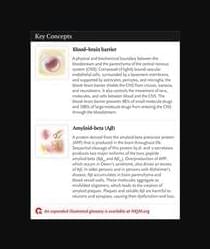
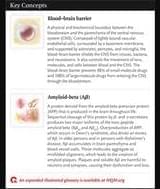
Experts from Michigan Medicine answer questions about brain health and how to prevent Alzheimer’s disease.
Learn more about the Michigan Alzheimer’s Disease Center at University of Michigan Health: https://alzheimers.med.umich.edu/
Chapters.
Intro: 00:00:00
Dementia vs. Alzheimer’s: 00:02:50
How does dementia differ from general memory concerns? 00:04:50.
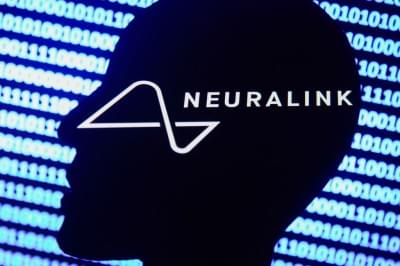
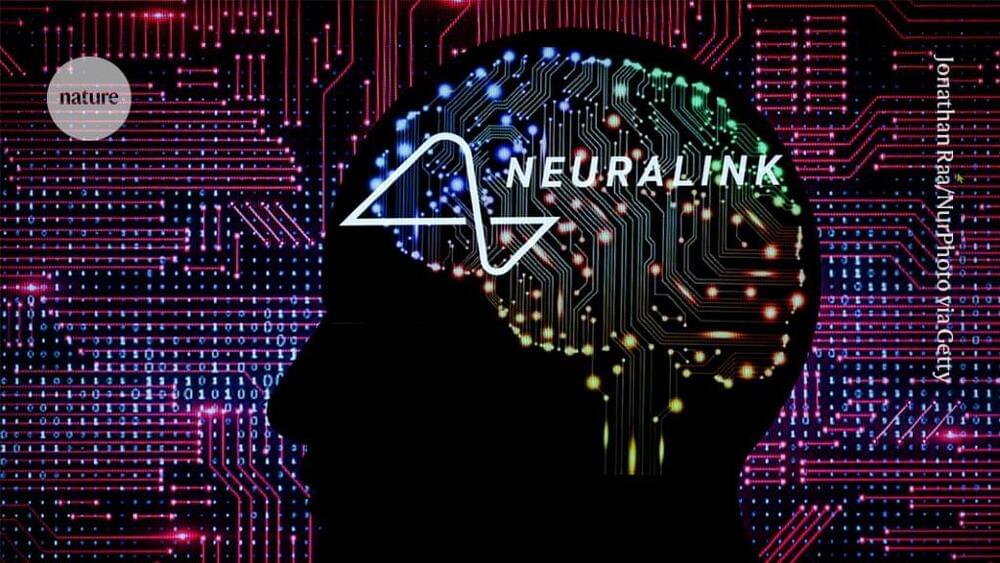
Neuralink’s first human patient able to use mouse…:
Elon Musk is the visionary behind Neuralink. He announced that the first human recipient of the company’s brain chip implant has fully recovered. The individual has demonstrated the ability to use a computer mouse solely through thoughts. Watch this video for all details.
#Neuralink #ElonMusk #WION
About Channel:
WION The World is One News examines global issues with in-depth analysis. We provide much more than the news of the day. Our aim is to empower people to explore their world. With our Global headquarters in New Delhi, we bring you news on the hour, by the hour. We deliver information that is not biased. We are journalists who are neutral to the core and non-partisan when it comes to world politics. People are tired of biased reportage and we stand for a globalized united world. So for us, the World is truly One.
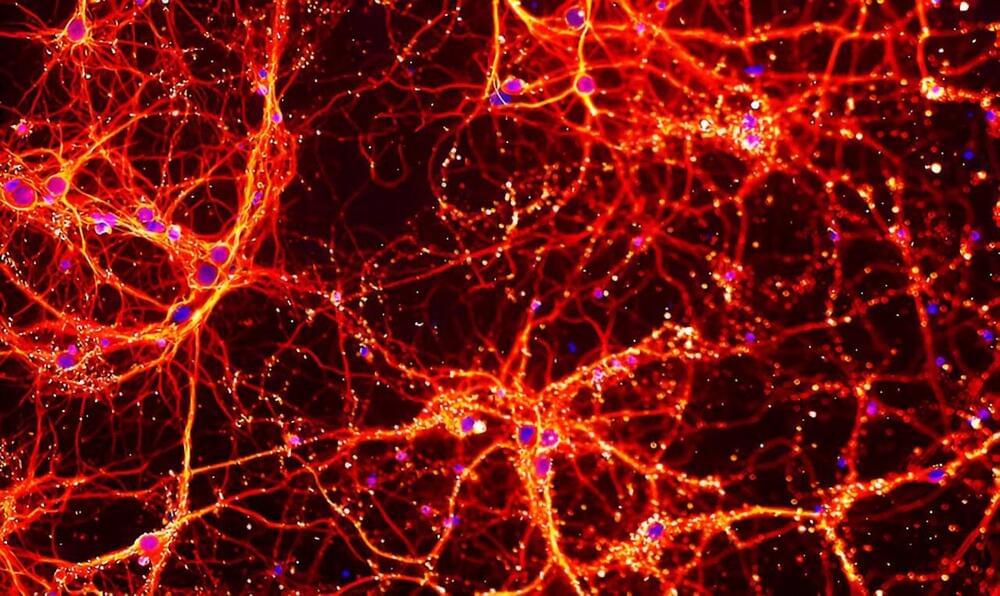
Researchers have unraveled how mutations in a gene can lead to an incurable neurodevelopmental disorder that causes abnormal brain development in newborns and infants.
The WEHI study is the first to prove that a protein called Trabid helps control neuronal development, and that mutations to this protein can lead to microcephaly —a condition where a baby’s brain is smaller than expected.
It’s hoped the milestone findings will provide a deeper understanding into the protein’s impact on healthy development and lead to treatments that can slow or stop the development of microcephaly and potentially other neurological disorders.
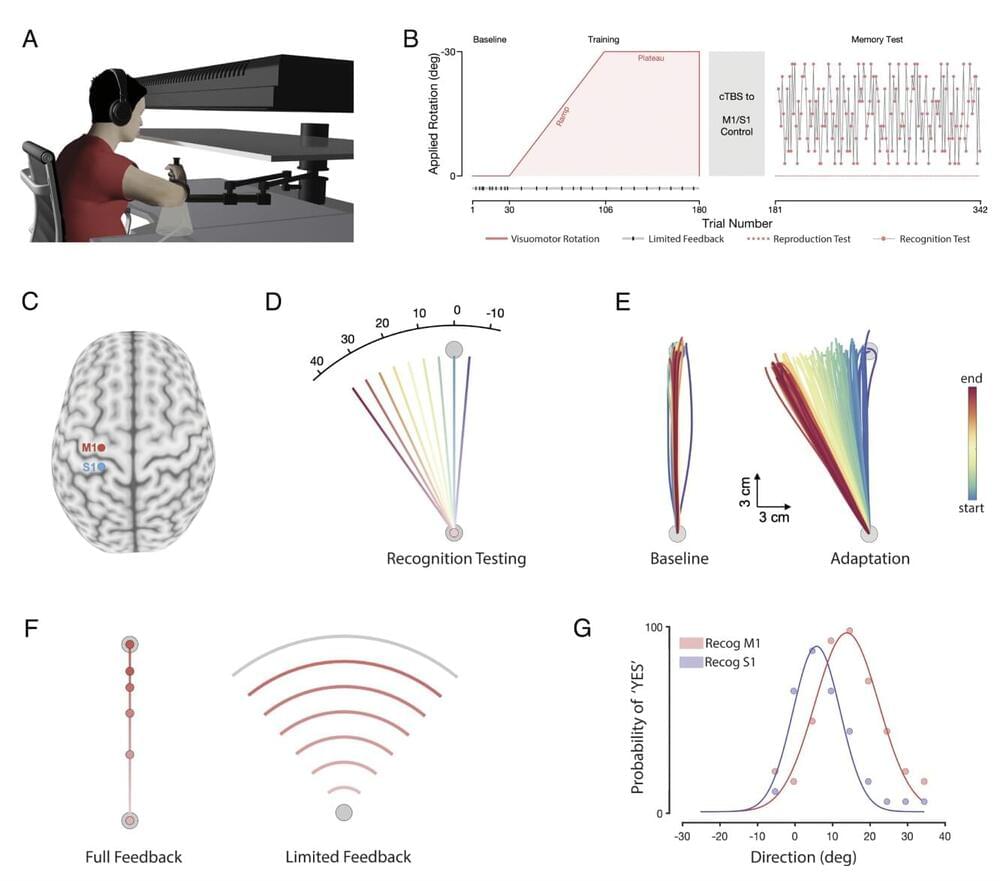
The somatosensory cortex is a brain region known to play a role in the detection of tactile information, changes in temperature, and pain sensations. Some recent studies found that this crucial brain region is also involved in the human ability to learn and retain new motor skills.
Despite initial findings hinting at the involvement of the somatosensory cortex in motor learning, the nature of its involvement remains poorly understood.
Researchers at University of Pittsburgh Brain Institute recently carried out a study aimed at better understanding the contributions of the somatosensory cortex to the learning and retention of new movements. Their findings, published in Proceedings of the National Academy of Sciences, suggest that the somatosensory cortex could be specifically responsible for encoding new sensory targets or, in other words, learning-adapted sensory states.
Taken from Consciousness Live! S3 Ep2: https://youtube.com/live/ljehy7-3TUQ?feature=share

In this first article in a series on philosophy and science, we take a look at materialism and why it is fundamental to science.
A short disclaimer before we read further: I’m a materialist. Materialism is a branch of philosophy to which the sciences, particularly the physical and life sciences, owe a lot. Materialism posits that the material world — matter — exists, and everything in the Universe, including consciousness, is made from or is a product of matter. An objective reality exists and we can understand it. Without materialism, physics, chemistry, and biology as we know it wouldn’t exist.
Another branch of philosophy, idealism, is in direct contradiction to materialism. Idealism states that, instead of matter, the mind and consciousness are fundamental to reality; that they are immaterial and therefore independent of the material world.